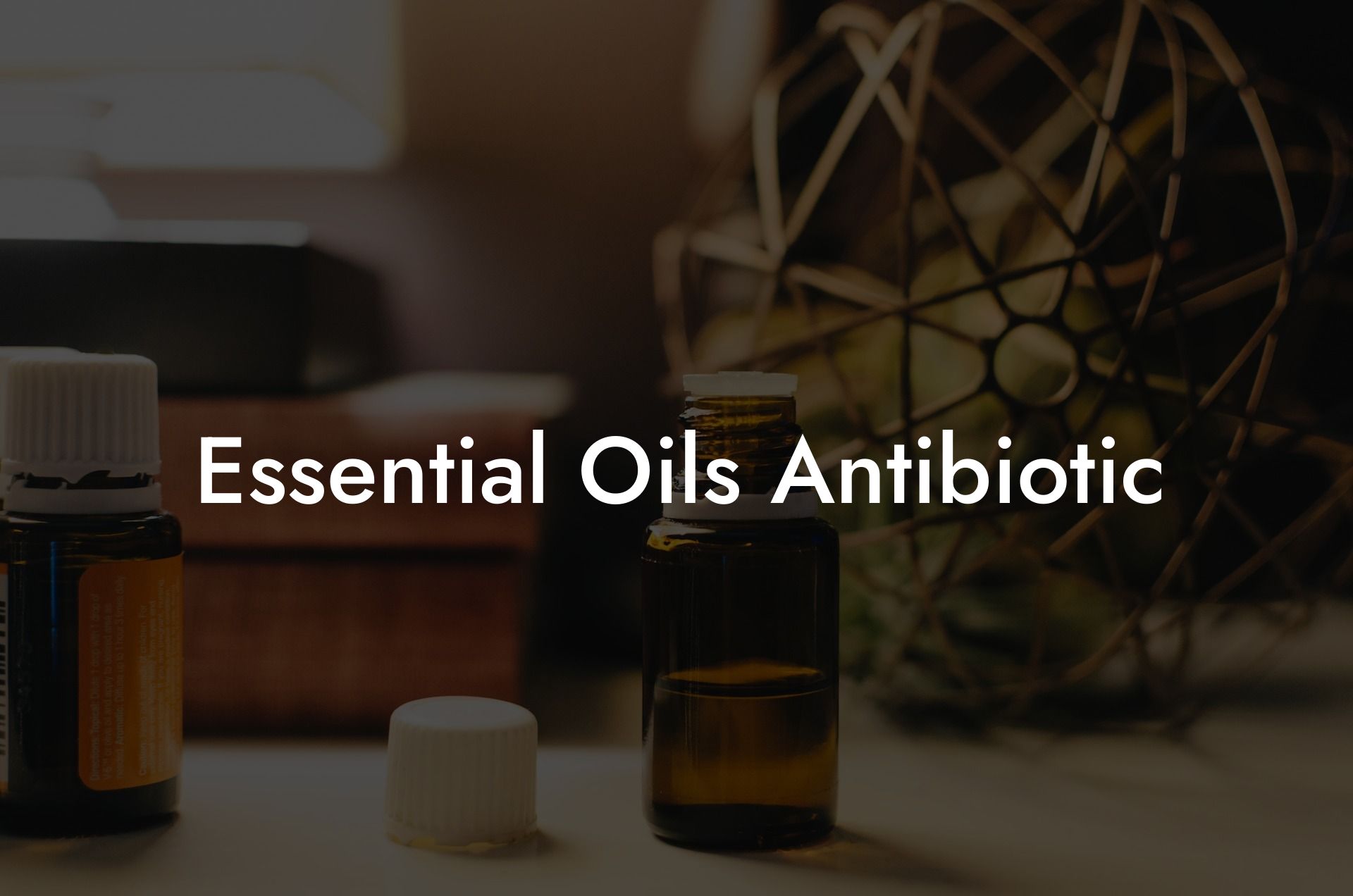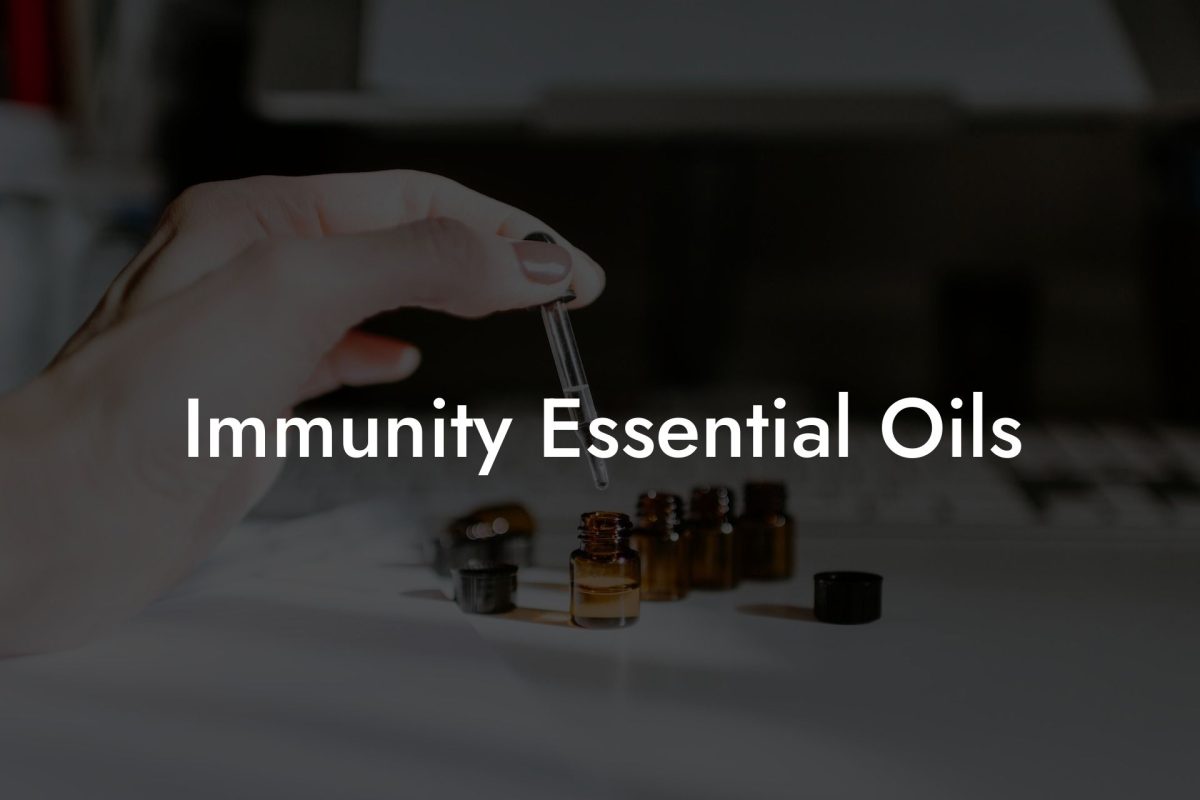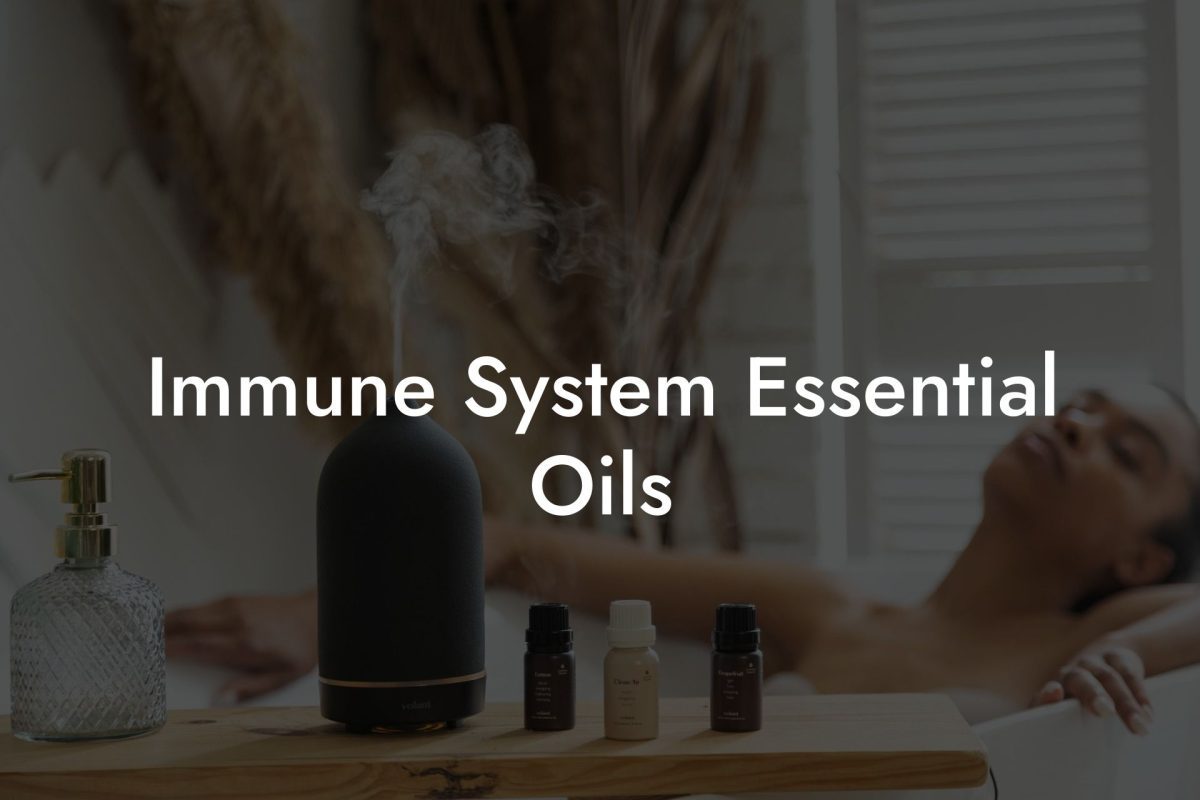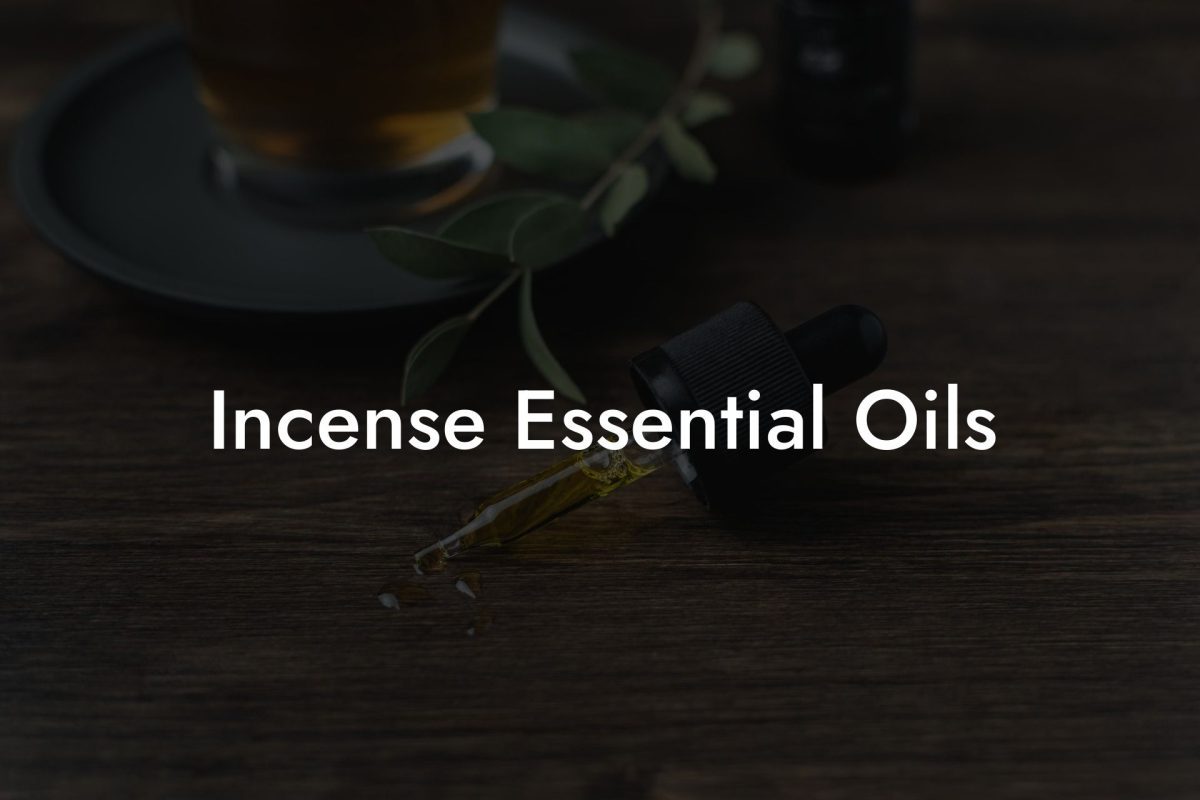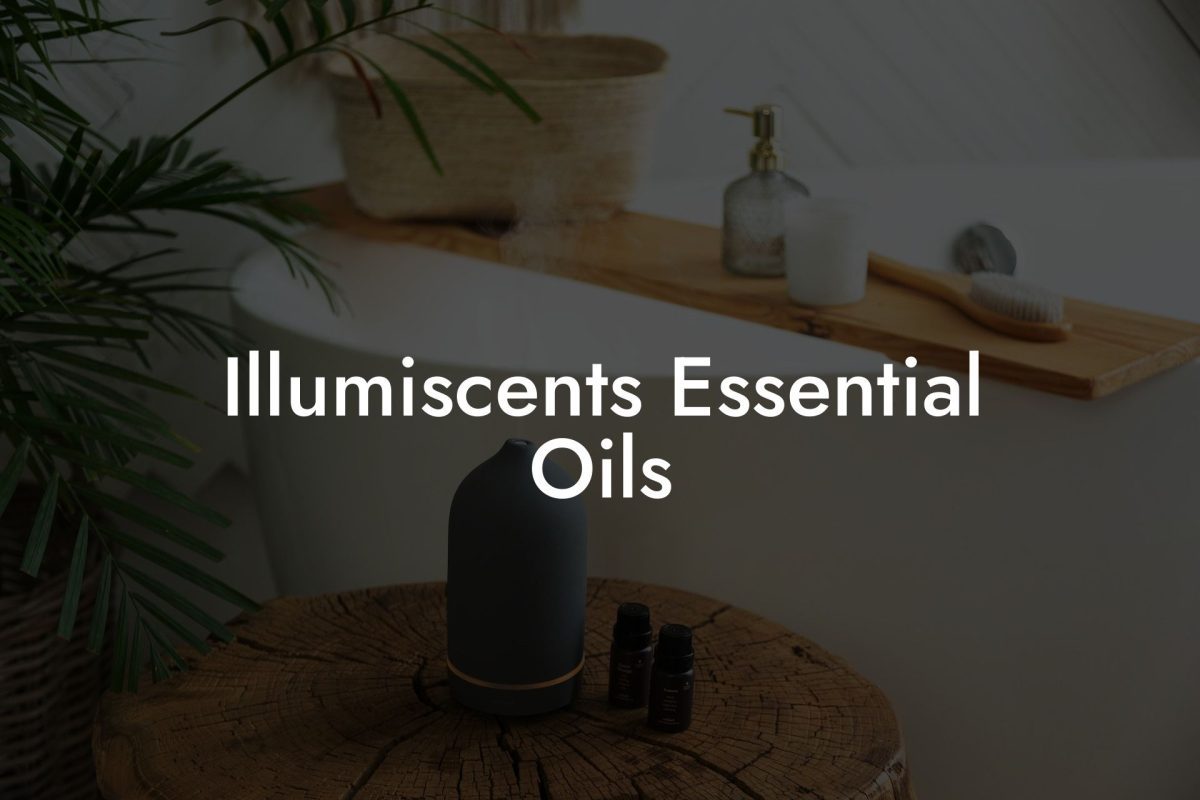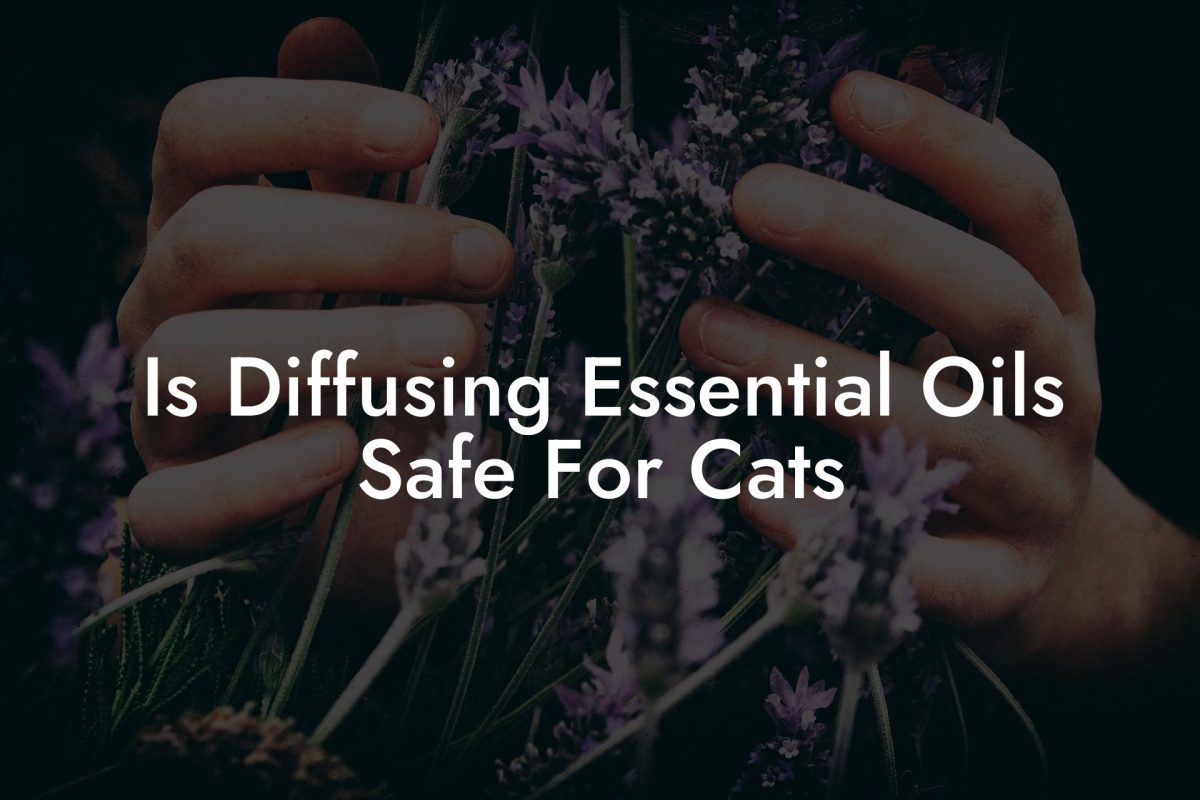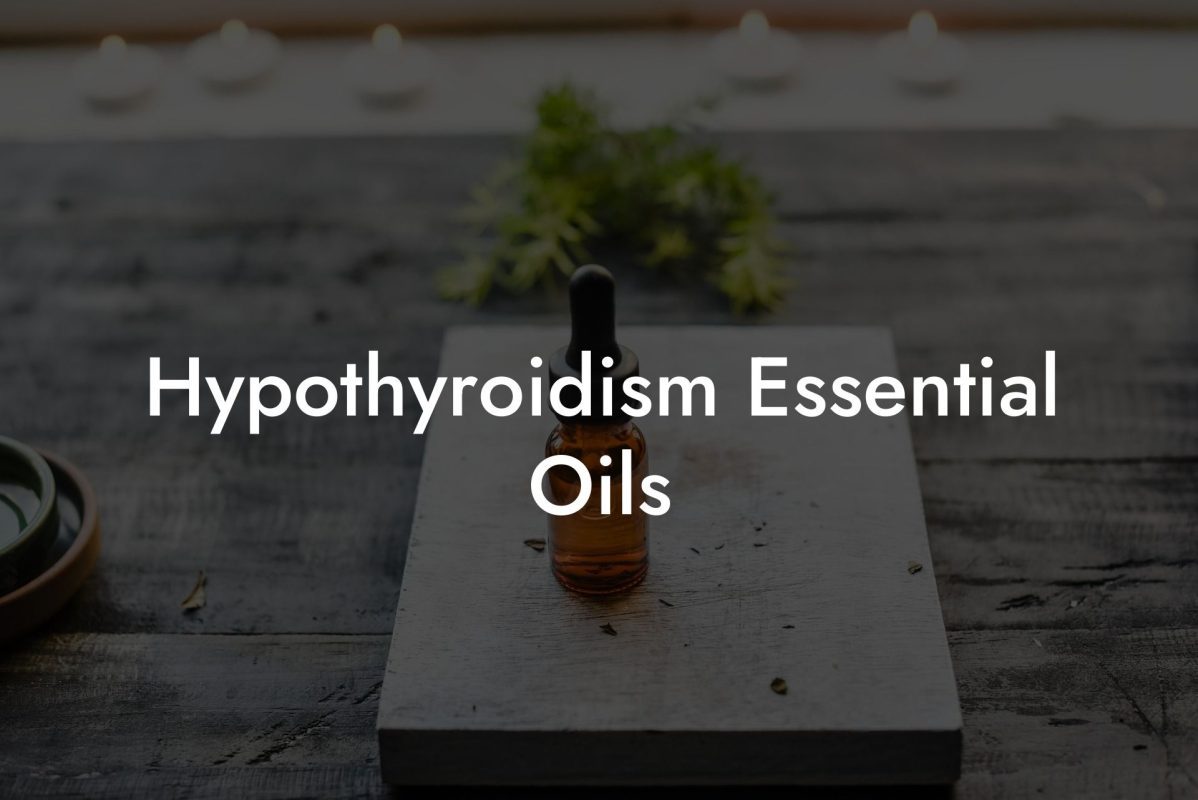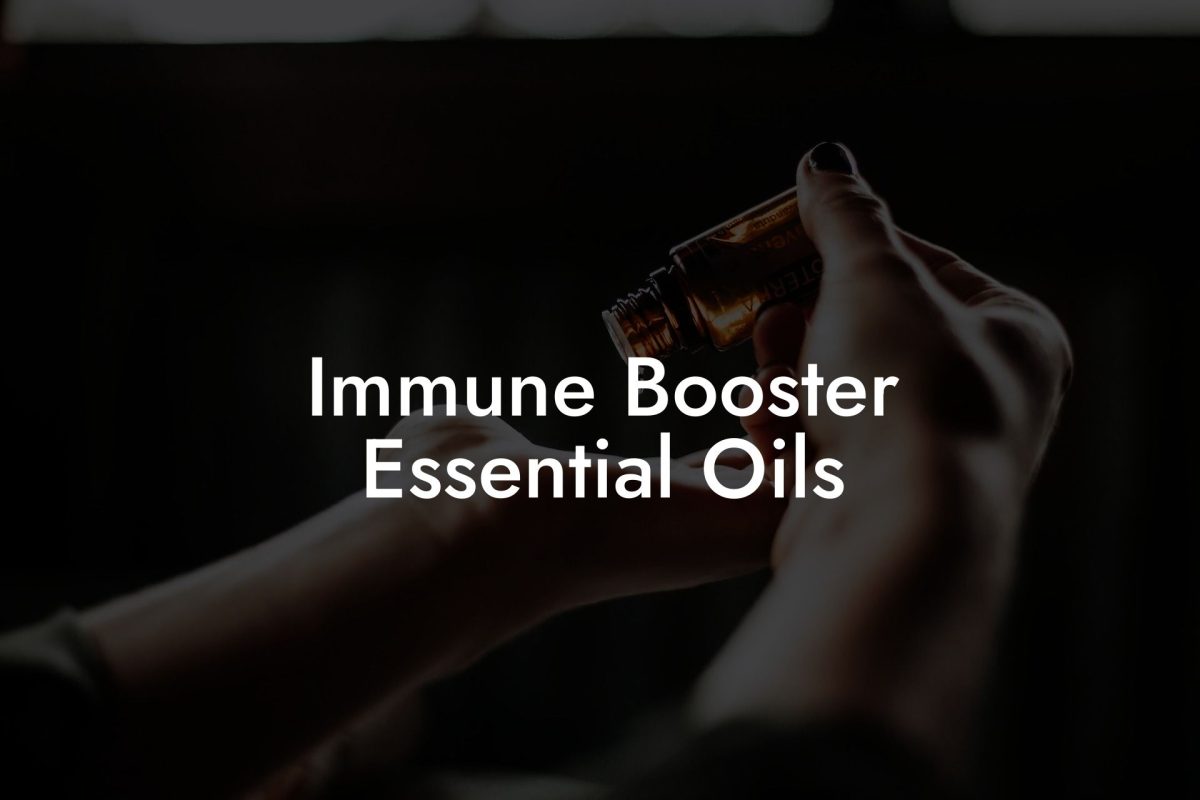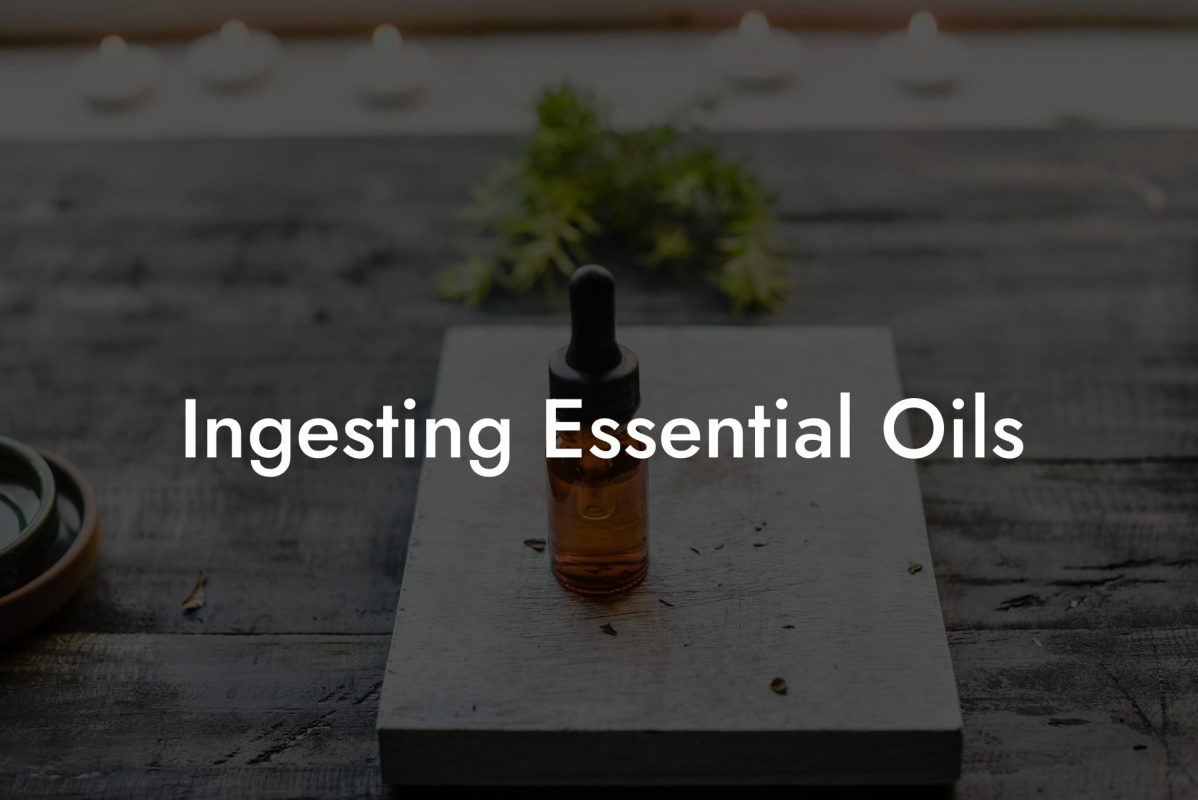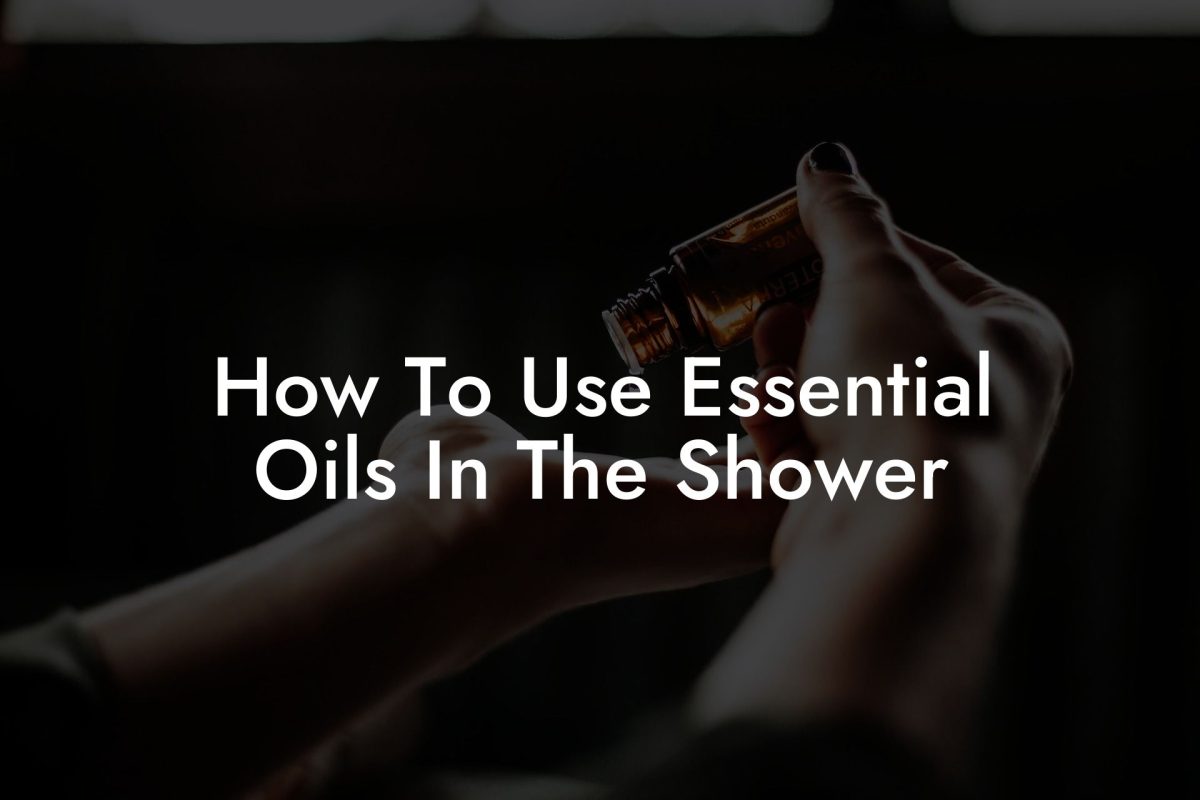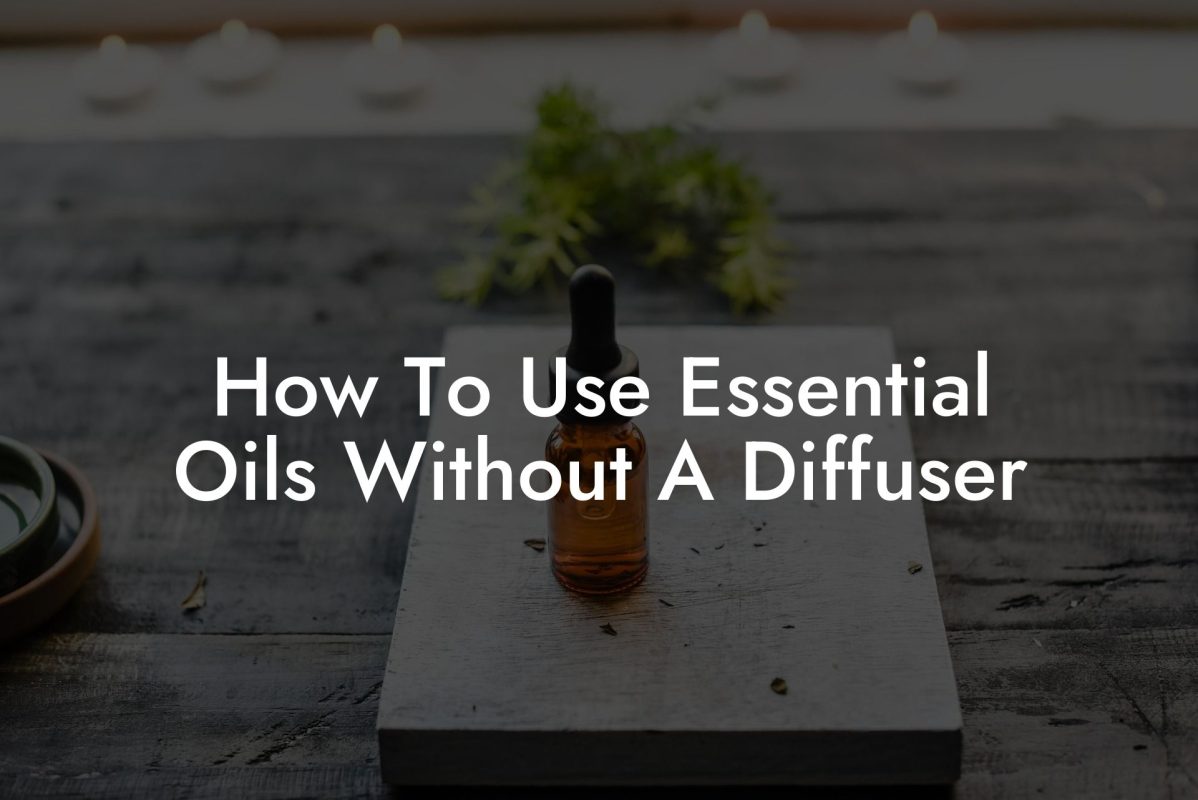Discover the powerful and natural healing benefits of essential oils as antibiotics! Learn about their properties, uses, and the top essential oils that work effectively in fighting off bacteria and infections. Uncover their potential in revolutionizing your health and wellbeing with our comprehensive guide.
Table of Contents
The Power of Essential Oils as Antibiotics
Essential oils have been used for thousands of years for their therapeutic and healing properties. They are concentrated volatile compounds extracted from various plant parts, such as flowers, leaves, roots, bark, and seeds. As natural remedies, they have been recognized for their potent antibiotic properties, eliminating harmful pathogens while preserving helpful bacteria.
Unlike synthetic antibiotics that may lead to antibiotic resistance, essential oils offer a safer alternative. They may work against a wide range of bacteria, fungi, and viruses, often without causing adverse side effects.
How Do Essential Oils Work as Antibiotics?
The natural complexity of essential oils makes it difficult for bacteria to develop resistance to them. Essential oils contain various compounds that work together to produce a synergistic effect, enhancing their antimicrobial properties.
These compounds can interact with the bacteria in various ways. They may disrupt the bacteria’s cell membrane, preventing their growth and replication. Additionally, they may interfere with the bacteria’s ability to create energy or communicate with other bacteria, limiting their ability to spread.
Top Essential Oils with Antibiotic Properties
Some essential oils have demonstrated superior antimicrobial effects compared to others. Here are a few top choices for their antibiotic properties:
1. Tea Tree Oil – Known for its potent antiviral, antibacterial, and antifungal properties, tea tree oil is highly effective in treating infections. It is widely used in wound care and for treating acne, sinusitis, and respiratory infections.
2. Oregano Oil – Oregano oil contains carvacrol and thymol, two powerful compounds with proven antibiotic properties. It is effective against various bacteria, such as E. coli and Staphylococcus aureus.
3. Lavender Oil – Lavender oil is not only known for its calming effect but also for its ability to fight bacteria, including antibiotic-resistant strains. It is commonly used to treat skin conditions, burns, and wounds.
4. Eucalyptus Oil – Eucalyptus oil has been recognized for its antibacterial, antiviral, and antifungal properties. It is highly effective in treating respiratory infections, wounds, and fungal conditions.
Essential Oils Antibiotic Example:
Imagine you have a minor skin infection. Instead of immediately reaching for synthetic antibiotics, you can make a simple, natural remedy by mixing a few drops of lavender and tea tree essential oils with a carrier oil, such as coconut oil. Gently apply the mixture to the affected area, allowing the potent antibiotic properties of both oils to work together to fight off the infection. Experience the soothing and healing benefits of essential oils!
Now that you have learned about the power of essential oils as natural antibiotics, don’t hesitate to explore their potential in promoting better health and wellbeing. Share this article with your friends and family, and let them discover the benefits of these natural wonders. Continue exploring our guides on Oshu Oils to unlock more secrets of essential oils, and browse through our exquisite range of essential oils to find the perfect blend to suit your needs.

